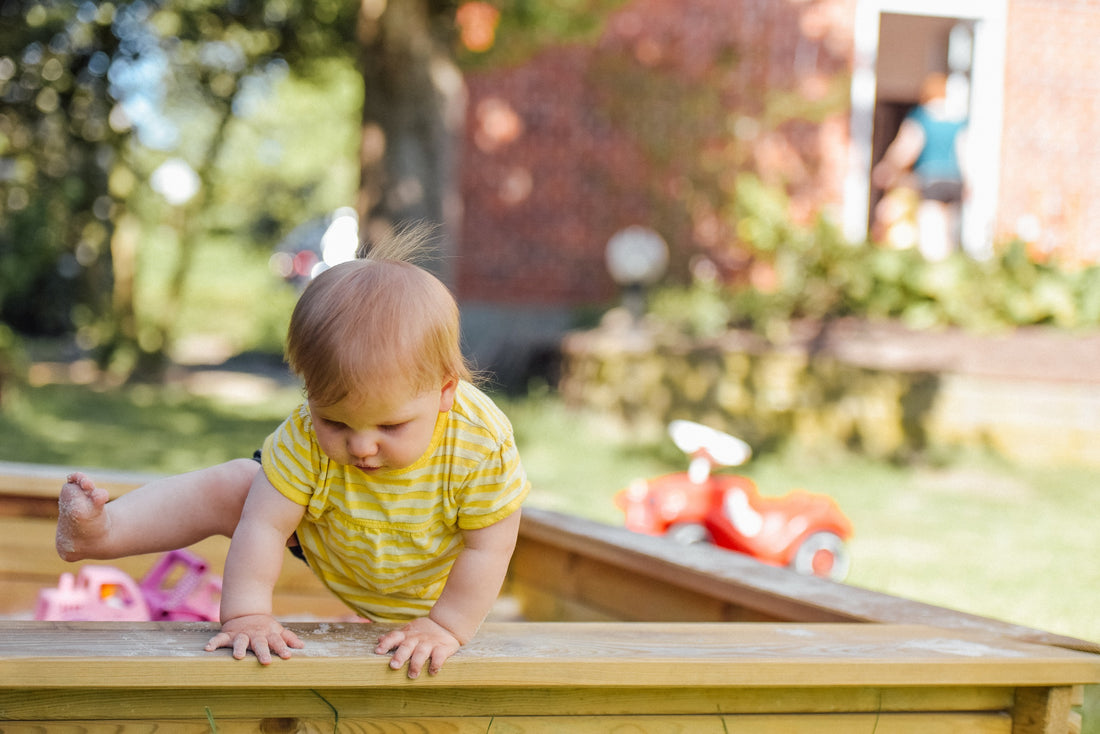If you've ever wondered how your child learns best, you're not alone. Parents often ask us about the different types of learning and how they can help their children succeed. Today, we're explaining sensory learning and how it can be used to benefit your child. Sensory learning is based on the idea that children learn best when they use all of their senses. This means incorporating sight, sound, touch, smell, and taste into the learning process. When used effectively, sensory learning can help children remember information more easily and engage with the material more deeply. Keep reading to learn more about sensory learning and how you can use it to help your child thrive!
What is sensory learning, and how does it differ from other types of learning styles
Sensory learning is a type of learning that allows individuals to explore and make connections related to information using their five senses. This approach involves engaging with materials such as tactile objects, photographs and graphics, recipes, music, and theatrical activities to understand better how information is connected. These materials are especially helpful for learners who have difficulty grasping abstract concepts because they can further explore the subject material in ways that require more than just traditional reading and writing skills. Compared to other types of learning styles, which usually rely solely on visual or auditory sources of information, sensory learning helps students to use multiple forms of media at once. It allows them to be creative with their methods of comprehension.
The benefits of sensory learning for both children and adults

Sensory learning is a great way for both children and adults to engage with the world around them. By using tactile implementation of theory, students can have an all-round approach to knowledge, not only understanding ideas through visual or auditory methods but also through physical means. This can be anything from handling objects related to a particular topic or using materials such as sand and water for a more creative response. For adults, furthermore, sensory learning is often found to be more successful in understanding complex subjects than simply reading text or listening to lectures. Engaging in sensory activities helps people of all ages better retain information and often leads to improved coordination and motor skills too.
How to incorporate sensory learning into your daily life
Sensory learning can be incorporated into your everyday life with some simple activities. Adding texture to different objects around your home or work environment is a great way to interact with new sensations and begin the process of sensory learning. Try adding fuzzy blankets or rugs to furniture, different fabrics for clothing selections, or diatomaceous earth around areas with insects. Alternatively, pour different types of cooking oils into jars and shake them to feel their texture when you're cooking dinner. You can even add essential oils to soaps and lotions for smell awareness during hygiene activities. Expanding your senses beyond sight and sound will open up many possibilities for discovering the world around you in an entirely new way.
Tips for making the most out of sensory learning
Sensory learning is an effective and enjoyable way to take in information. To make the most out of this type of learning, consider the senses the activity incorporates, actively participate in whatever tactile or hands-on experience is available, and take time to talk about and explore what you’re learning. Allowing children to touch materials during activities can help them build memories that last. Plus, sensory experiences can be tailored to different age groups as well as interest levels to keep everyone engaged. Incorporating audio or video cues into a lesson plan can also be a highly effective way of teaching. Finally, whether you’re playing with puzzles, exploring natural elements inside or outside of your home, or taking a field trip somewhere fun on your educational journey, cherishing each moment will ensure you get the most out of sensory learning.
Sensory learning resources for further exploration

Sensory learning is a powerful tool that can be especially beneficial for young learners in helping them develop skills such as problem-solving, communication, and fine and gross motor functions. With the help of sensory resources, you can design activities that stimulate your student's senses, enabling them to build associative connections between various concepts or ideas. Resources like tactile toys, interactive boards with multiple textures, liquids with varying levels of viscosity, and even aromas can be used to make learning engaging and effective. Professionals like education therapists, school psychologists, and behavior specialists often understand the importance of tailored sensory learning resources. They can help provide guidance on modifying existing classrooms or resources to meet the needs of special students.
Sensory learning is a unique and powerful way to learn that can be beneficial for people of all ages. If you think sensory learning might be right for you, there are plenty of ways to incorporate it into your life. From everyday activities to dedicated sensory learning programs, there are many opportunities to explore this type of learning and reap the benefits.

